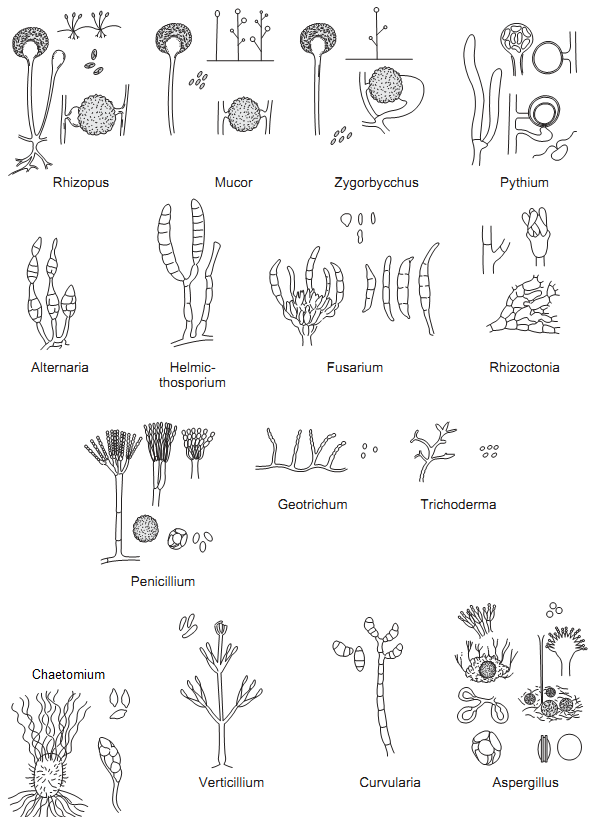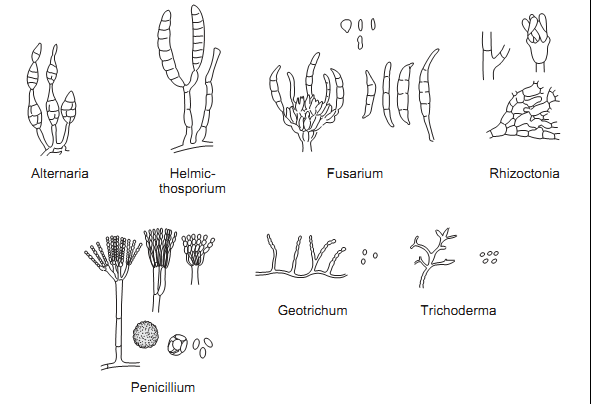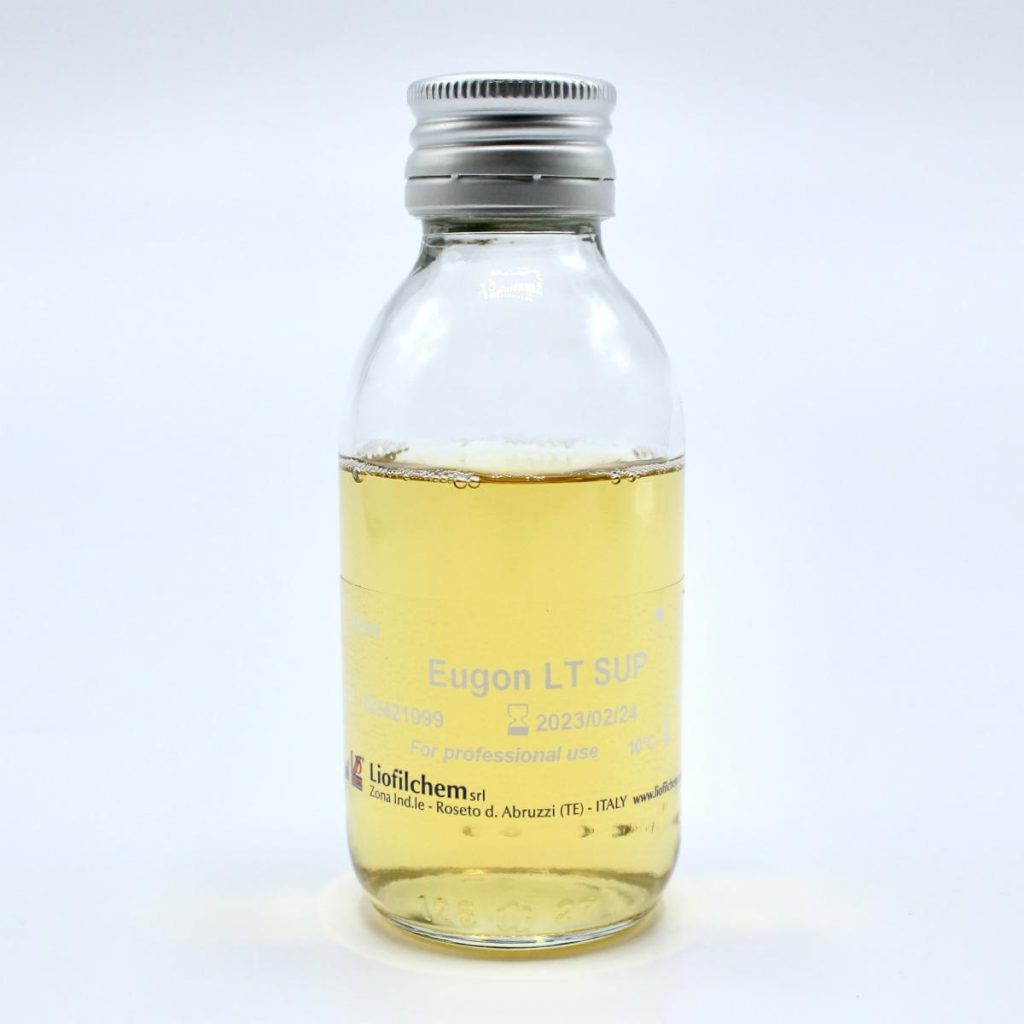Environmental microbiology is the study of microbial processes in the environment, microbial communities and microbial interactions with other living organisms in the environment. Environmental microbiology is the branch of microbiology that studies the role of microorganisms in the maintenance of a healthy, quality, and sustainable environment. It is the study of the composition and physiology of microbial communities in the environment inclusive of the soil, water and the air. Environmental microbes have a wide variety of impact and applications in the areas of water treatment, waste water treatment and management, food industry, pharmaceutical industry and in sewage treatment. These microbes are studied by environmental microbiologists with a view to harnessing their innate ability to produce substances that could be of immense economic importance to life.
Environmental microbiologists manages environmental microbes and how these microbes interact with other organisms in their environment in order to provide services that are beneficial to man, plants, animals and the environment. Some of the key areas where the services of environmental microbiologists are required include but not limited to using microbes to detoxify contaminated soil and water; use of environmental microbes to reclaim lost resources of the soil; use of environmental microbes to produce biofuels; and the use of environmental microbes in other bioremediation and biodegradation activities. Environmental microbiologists examine the environment and test it for possible microbial contamination that may pose a public health threat. Microorganisms play tremendous roles in the environment especially as it relates to nutrient recycling, biodegradation of organic matters, and even in bioremediation, such as the use of specific group of microorganisms to control and remedy the untoward effects of oil spillage in the environment.
Bioremediation is the biotechnological clean-up of pollutants in the environment that is microbial-based or driven. Microbial degradation of pollutants (e.g. chemical contaminants, pesticides and hydrocarbons) in the environment unlike other physical degradation processes releases environmentally-friendly substances (e.g. carbondioxide and water) that have minimal or no negative effect on the ecosystem. Most physical degradation processes though rapid may adversely affect the environment negatively when compared to other biological techniques of degradation that employs microbes for pollutant degradation. Some microorganisms are also used to reduce the microbial loads of industrial wastes and sewages, pesticides, and other heavy metals before their release into the environment; and waste waters from industries and domestic homes are also treated with microbes in like manner.
Microorganisms have also been used to treat and recycle organic and inorganic wastes. The activities of microorganisms which help to clean-up the environment and keep it safe and free from contaminants are exploited and studied under this very important branch of microbiology. Pseudomonas species, Sphingomonas species, Wolinella species and other facultative anaerobic or microaerophilic bacteria are some of the microorganisms employed for the degradation of pollutants in the environment. The hydrocarbon-degrading activities of microorganisms have helped to contain the oil spills of coastal regions and the open sea areas where oil spillage is common; and these microbes have assisted in remediating the ecological damage caused by oil pollutants and other wastes. An understanding of the impact of microbes in the environment assists environmental microbiologists to prevent environmental problems through adequate detection of the harm.
Soil microbiology is the study of microorganisms (bacteria, archaea, viruses, fungi, parasites and protozoa) in the soil, their functions, and how these microbes affect the properties of the soil. Microorganisms are ubiquitous and they are densely found in the soil where they play important roles as it relates to crop yield and development. The soil is living because it contains innumerable number of beneficial and non-beneficial microbes that affect man, plants, animals and the environment in several ways. Microorganisms found in the soil are important because they affect the soil structure and soil fertility; and their activities impact positively on agriculture especially in the area of sustainable food production. A handful of microorganisms that produce antibiotics and other antimicrobial agents that are used in medicine to contain the negative effects of pathogenic microorganisms (i.e. microorganisms that cause disease) are largely found and isolated from the soil.
In this category are soil bacteria, fungi and actinomycetes which have continued to become important sources of secondary metabolites used for the production of antibiotics, hormones, enzymes, alcohols and other important chemicals that are of significance to the industry, medicine and pharmaceutical companies. Fungi for example are abundant in surface soils, and they play important roles in the recycling of nutrients in nature as well as in the decomposition of organic plant and animal materials. And most of these fungi are filamentous in nature, producing fruiting bodies and spores which help in their propagation in the environment (Figure 1). Though there are different categories of microorganisms that cause diseases in plants, microorganisms found in the soil help a lot in nitrogen fixation and many others are used in the compounding of bio-fertilizers.

Microorganisms living in the soil affect the plants and crops on the surface in diverse ways especially by helping them acquire vital nutrients required for their proper growth and plentiful harvest. While some microorganisms can cause disease in crops and farm animals, others can be used as bio-pesticides to control the devastating effects of insect pests and weeds in farmlands. Soil microbiologists also study the relationship between microorganisms and plant with the bid of enhancing crop yield and reducing microbial related diseases amongst plants. Currently, conventional, recombinant DNA technology and monoclonal antibody techniques are used to improve microbial inoculants which serve as bio-fertilizers or plant growth supplements; and these microbial inoculants act by fixing atmospheric nitrogen in order to improve crop yields and they also to serve as plant pest controls by preventing the attack of farm crops by pests. Agricultural microbiologists play tremendous roles in the economy of any nation especially in this current state of global food insecurity.
In order to meet up with the current challenges of food insecurity around the globe and provide sustainable food products for the teaming population of the world; microbiologists have manipulated genes and/or proteins that control the architecture and stress resistance of plants (especially to disease and harsh environmental conditions) at the molecular level in order to improve crop productivity and ensure food security across the world. Farmers and agriculturists can improve their crop productivity by using bio-fertilizers which incorporates microbes that help to improve the fertility of the soil. Bio-fertilizers help to unlock nitrogen and phosphorus (which are both vital for plant growth) from the soil; and unlike chemical fertilizers they are environmentally-friendly and do not adversely affect the soil. Bio-pesticides, bio-herbicides and bio-insecticides also exist for the control of pests in farmlands.
Biofertilizers are defined as preparations containing living cells or latent cells of efficient strains of microorganisms that help crops or plants to take-up nutrients from the soil through their interactions in the rhizosphere (microecological zone in direct proximity of plant roots) when applied through seed or soil. They are low cost, renewable sources of plant nutrients which supplement chemical fertilizers. The rhizosphere is the narrow region of soil that is directly influenced by root secretions and associated soil microorganisms. It is the zone of soil surrounding a plant root where the biology and chemistry of the soil are influenced by the root.
References
Abrahams P.W (2006). Soil, geography and human disease: a critical review of the importance of medical cartography. Progress in Physical Geography, 30:490-512.
Ahring B.K, Angelidaki I and Johansen K (1992). Anaerobic treatment of manure together with industrial waste. Water Sci. Technol, 30, 241–249.
Mishra B.B, Nanda D.R and Dave S.R (2009). Environmental Microbiology. First edition. APH Publishing Corporation, Ansari Road, Darya Ganj, New Delhi, India.
Paul E.A (2007). Soil Microbiology, ecology and biochemistry. 3rd edition. Oxford: Elsevier Publications, New York.
Pelczar M.J Jr, Chan E.C.S, Krieg N.R (1993). Microbiology: Concepts and Applications. McGraw-Hill, USA.
Pelczar M.J., Chan E.C.S. and Krieg N.R. (2003). Microbiology of Soil. Microbiology, 5th Edition. Tata McGraw-Hill Publishing Company Limited, New Delhi, India.
Pepper I.L and Gerba C.P (2005). Environmental Microbiology: A Laboratory Manual. Second Edition. Elsevier Academic Press, New York, USA.
Roberto P. Anitori (2012). Extremophiles: Microbiology and Biotechnology. First edition. Caister Academic Press, Norfolk, England.
Salyers A.A and Whitt D.D (2001). Microbiology: diversity, disease, and the environment. Fitzgerald Science Press Inc. Maryland, USA.
Sawyer C.N, McCarty P.L and Parkin G.F (2003). Chemistry for Environmental Engineering and Science (5th ed.). McGraw-Hill Publishers, New York, USA.
Ulrich A and Becker R (2006). Soil parent material is a key determinant of the bacterial community structure in arable soils. FEMS Microbiol Ecol, 56(3):430–443.
Discover more from #1 Microbiology Resource Hub
Subscribe to get the latest posts to your email.



